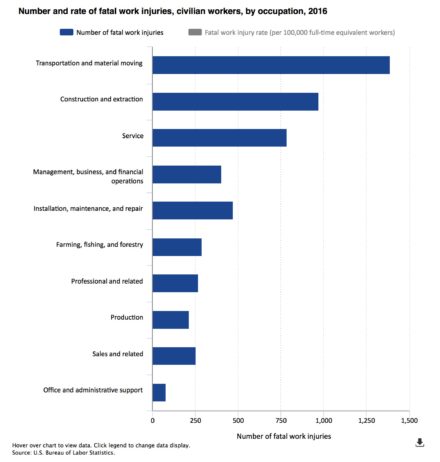Source of article The Jury Room - Keene Trial Consulting.
 Okay, we admit to some level of fascination with who murders who and what happens at trial here. Usually you will find it in posts about how bias enters the courtroom. But this week, a couple of strange stories came up that made us stop and recall those older posts. If you are wondering who might murder you, you may want to stop looking for men with tattoos on their faces, ax murderers, psychopaths, and strangers on the train—and start looking at your spouse and coworkers. You just can’t trust anyone anymore.
Okay, we admit to some level of fascination with who murders who and what happens at trial here. Usually you will find it in posts about how bias enters the courtroom. But this week, a couple of strange stories came up that made us stop and recall those older posts. If you are wondering who might murder you, you may want to stop looking for men with tattoos on their faces, ax murderers, psychopaths, and strangers on the train—and start looking at your spouse and coworkers. You just can’t trust anyone anymore.
How to Murder Your Husband
Here’s a good hint. If your romance novelist spouse writes an essay called “How to murder your husband”—you might want to consider separation or divorce and a new identity. Earlier this month, Nancy Crampton-Brophy was arrested for allegedly murdering her chef husband (by gunshot) at his place of work. It seems Ms. Crampton-Brophy thought she could get away with this crime but she appears to have been wrong.
Don’t just look at your spouse—how about those co-workers?
You may think you are safe at work (unless there is some random shooter wandering through the office) but this may not be accurate. As it happens, homicide is the third-most-prevalent cause of workplace death (“falls to a lower level” is #1, and “roadway collisions with other vehicles” is #2). And if you think workplace fatalities will most impact those in blue-collar careers—you would be wrong again.
 Thanks to the Bureau of Labor Statistics, we know much more than any of us wanted to know. While most workplace murderers use a gun, there is also “stabbing, cutting, slashing, piercing” aimed at objects of (we presume former) affection or those who just don’t appreciate the murdering co-worker enough.
Thanks to the Bureau of Labor Statistics, we know much more than any of us wanted to know. While most workplace murderers use a gun, there is also “stabbing, cutting, slashing, piercing” aimed at objects of (we presume former) affection or those who just don’t appreciate the murdering co-worker enough.
But there is also something called “red-collar crime”—a phrase coined by certified fraud examiners and that is what happens when a boss kills his or her assistant to keep a fraud scheme rolling along or when a whistle-blower suffers a fatal accident. Some think this red collar crime is much more prevalent than we are aware and that they are the result of narcissists and psychopaths in the office. The Atlantic did a piece on this phenomenon recently and concluded this way:
How many office psychopaths turn violent is less clear: The FBI doesn’t track red-collar crime, nor does OSHA. Richard G. Brody, another CFE and an accounting professor at the University of New Mexico, sometimes trawls the web for murder trials involving white-collar defendants, and has become convinced that red-collar crime is more prevalent than most people suspect.
Detectives don’t always spot such homicides, he told me, so crime scenes may be contaminated and murders may pass for suicide. “Whenever I read about high-profile executives who are found dead, I immediately think red-collar crime,” he said. “Lots of people are getting away with murder.”
You may also want to check where you currently reside to see if you might be at risk
The Washington Post wrote an article earlier this summer titled “Where Killings Go Unsolved”. Here’s part of their article that you really do not want to read when you are alone after dark:
The Washington Post has identified the places in dozens of American cities where murder is common but arrests are rare. These pockets of impunity were identified by obtaining and analyzing up to a decade of homicide arrest data from 50 of the nation’s largest cities. The analysis of 52,000 criminal homicides goes beyond what is known nationally about the unsolved cases, revealing block by block where police fail to catch killers.
Or you may not want to read it at all. You probably are in no danger.

